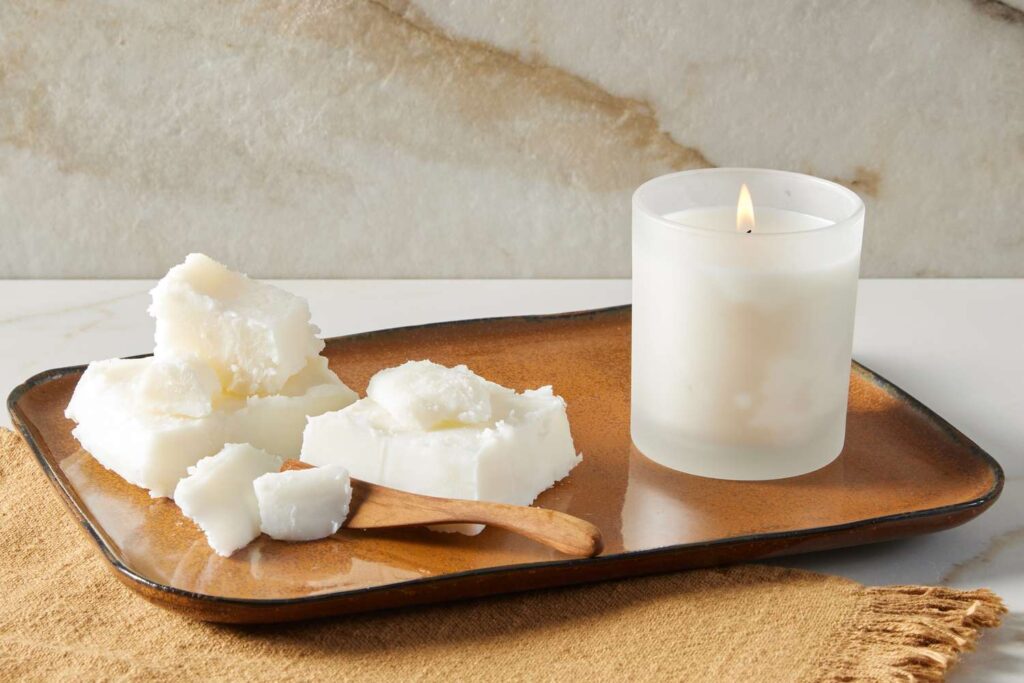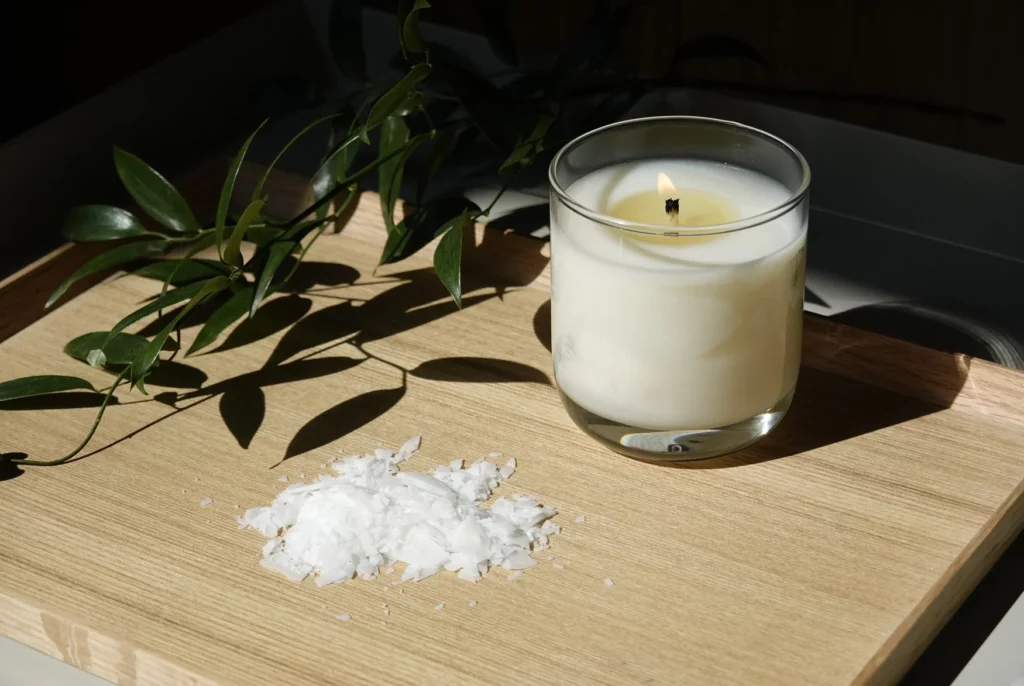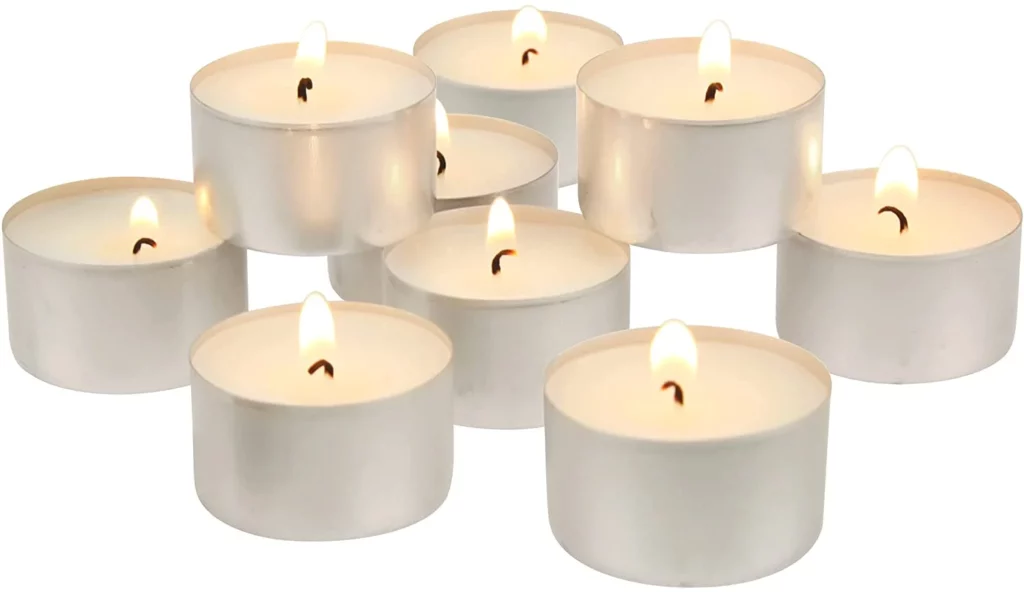Candle making is a fascinating and rewarding hobby that allows you to create beautiful and fragrant candles for your home or to give as gifts. The key to successful candle making lies in choosing the right materials, particularly the wax and wicks.
In this beginner’s guide, we will explore the basics of candle making and delve into the intricate details of selecting the perfect candle wax and wicks combinations for optimal performance.
Understanding the Basics of Candle Making
Candle making is a craft that dates back centuries and has evolved over time. Whether you’re a complete novice or have some experience, understanding the basics is crucial to creating high-quality candles. One of the fundamental aspects of candle making is choosing the right materials, such as the wax and wicks.
The Importance of Choosing the Right Materials
The materials you use for your candles have a significant impact on their performance. The type of wax and wick you choose will determine factors such as burn time, fragrance throw, and overall quality. Taking the time to select the appropriate materials is essential to ensure you achieve the desired results.

When it comes to wax, there are several options available, each with its unique characteristics. For example, soy wax is a popular choice among candle makers due to its clean burn and excellent scent throw. On the other hand, beeswax is known for its natural, golden color and long burn time. Paraffin wax, derived from petroleum, is widely used for its affordability and ability to hold fragrance well.
As for wicks, they come in various sizes and materials, such as cotton, paper, or even wood. The size of the wick determines how much fuel it can draw up to the flame, affecting the burn rate of the candle. Choosing the right wick size is crucial to ensure an even and steady burn, preventing issues like tunneling or excessive smoke.
Additionally, using high-quality materials not only enhances the aesthetic appeal of your candles but also contributes to their safety. Inferior materials may lead to uneven burning, excessive smoke, or even potential hazards. By investing in top-notch materials, you can create candles that not only look beautiful but also burn safely and efficiently.
See Also: Crafting With Black Candle Wax Tips For Unique Creations
Different Types of Candles You Can Make
Before diving into the specifics of wax and wicks, it’s essential to have an overview of the various types of candles you can create. From classic pillar candles to elegant container candles and decorative votives, there are numerous options to explore.
Pillar candles are versatile and can be made in various sizes and shapes. They are often used for decorative purposes and can be scented or unscented. Container candles, as the name suggests, are poured into containers such as jars or tins. They are popular for their convenience and ability to retain fragrance. Votive candles, on the other hand, are small, cylindrical candles that are typically burned in a votive holder. They are commonly used for religious or ceremonial purposes.
Each type of candle requires different materials and techniques, and their intended use and aesthetic preferences can influence your choices. Whether you’re looking for a candle for ambiance, relaxation, or special occasions, understanding the different types will help you make informed decisions.
Furthermore, there are specialty candles like taper candles, tea lights, and floating candles that offer unique experiences. Taper candles are long and slender, often used for formal occasions or as decorative accents. Tea lights are small, self-contained candles that are perfect for creating a cozy atmosphere. Floating candles, as the name implies, are designed to float on water, making them ideal for creating stunning centerpieces or adding a touch of magic to a bath.
By exploring the various types of candles, you can expand your creativity and cater to different preferences and occasions. Whether you want to create a romantic ambiance, a relaxing spa-like experience, or a festive atmosphere, understanding the different types of candles opens up a world of possibilities.

An In-depth Look at Candle Wax
Wax is the foundation of any candle and plays a crucial role in its appearance, burn time, and scent throw. There are several factors to consider when choosing the right wax for your candles.
Characteristics of Good Candle Wax
Good candle wax should have certain essential characteristics to ensure optimal performance. Some key factors include:
- Melt point: The temperature at which the wax fully melts, affecting burn time and fragrance release.
- Scent throw: The ability of the wax to hold and release fragrance during burning.
- Color options: The range of colors available in the wax, especially if you want to create colored candles.
- Texture: The consistency and smoothness of the wax, which affects the appearance of the finished candle.
When it comes to melt point, it’s important to consider the environment in which your candles will be burned. If you live in a warmer climate, you may want to choose a wax with a higher melt point to prevent the candle from melting too quickly. On the other hand, if you’re creating candles for colder climates, a lower melt point wax may be more suitable to ensure a steady and consistent burn.
Scent throw is another crucial factor to consider. Some waxes have a better ability to hold and release fragrance, resulting in a stronger and longer-lasting scent when the candle is lit. If you’re looking to create candles with a powerful aroma, be sure to choose a wax that is known for its excellent scent throw.
Popular Types of Candle Wax
There are several types of candle wax to choose from, each with its own unique characteristics. Some popular options include:
- Paraffin Wax: A widely used and affordable wax option that offers excellent fragrance retention and burn time.
- Soy Wax: A natural wax made from soybean oil that is known for its clean-burning properties and eco-friendly nature.
- Beeswax: A premium wax choice with a natural and subtle honey scent, ideal for creating luxury and handmade candles.
- Palm Wax: A renewable and sustainable option that produces unique crystalline patterns and a beautiful finish.
Paraffin wax is a popular choice among candle makers due to its affordability and versatility. It is known for its ability to hold fragrance well and provide a long burn time, making it a cost-effective option for those looking to create scented candles on a budget.
Soy wax, on the other hand, has gained popularity in recent years due to its natural and eco-friendly properties. Made from soybean oil, it offers a clean burn with minimal soot and smoke. Soy wax also has excellent fragrance retention, allowing for a strong and long-lasting scent throw.
Pros and Cons of Different Waxes
Each type of wax has its own advantages and disadvantages, and understanding these can help you make an informed decision based on your specific needs and preferences. Consider factors such as cost, availability, burn time, scent throw, and environmental impact when selecting the right wax for your candles.
Beeswax, for example, is a premium wax choice that offers a natural and subtle honey scent. It is often favored by those looking to create luxury and handmade candles. However, beeswax can be more expensive compared to other waxes and may have limited color options.
Palm wax, on the other hand, is a renewable and sustainable option that appeals to environmentally conscious candle makers. It produces unique crystalline patterns and a beautiful finish, adding an aesthetic appeal to your candles. However, palm wax may be less readily available and can be more challenging to work with due to its higher melt point.
By considering the pros and cons of each type of wax, you can select the one that best suits your candle-making needs, ensuring that you create candles that not only look beautiful but also burn evenly and emit a delightful fragrance.

Selecting the Perfect Wick
The wick is another critical component of candle making that directly affects its performance. Choosing the right wick is essential for achieving an even burn, minimizing smoking, and maximizing scent throw.
The Role of Wicks in Candle Making
Wicks serve multiple functions in candle making. They draw melted wax up to the flame, facilitate the combustion process, and ensure a steady and consistent burn. Selecting the appropriate wick is crucial to achieve these functions effectively.
Factors to Consider When Choosing a Wick
Several factors should be considered when selecting a wick for your candles:
- Diameter: The size of the wick should match the diameter of your candle to ensure proper burn and prevent tunneling.
- Wick Material: Different wick materials, such as cotton, hemp, or wood, offer different burn characteristics and flame stability.
- Wax Type: Certain wicks are specifically designed for use with certain types of wax to optimize performance.
Common Wick Materials and Their Properties
There are various materials used in wick construction, each with its own properties and benefits:
- Cotton Wick: The most widely used wick material, known for its clean burn and consistent flame.
- Hemp Wick: A natural and eco-friendly option that burns well for large-diameter candles.
- Wood Wick: Offers a unique crackling sound and aesthetic appeal, particularly suitable for container candles.
Pairing Wax and Wicks for Optimal Performance
Pairing the right wax and wick combinations is crucial for achieving optimal candle performance. The characteristics of the wax, such as melt point and fragrance retention, should match the burn characteristics of the chosen wick.
How Wax and Wick Combinations Affect Candle Performance
The wax and wick combinations have a significant impact on various aspects of candle performance, such as burn rate, flame stability, and scent throw. Experimenting with different combinations will help you fine-tune the performance of your candles.
Tips for Matching Wax and Wicks
Consider the following tips when matching wax and wicks:
- Consult Manufacturer Guidelines: Many wax and wick suppliers provide guidelines and recommendations for suitable combinations.
- Experiment: Don’t hesitate to try different combinations and conduct burn tests to observe the performance of each combination.
- Consider Candle Size: Larger candles may require larger wicks to ensure an even burn and prevent tunneling.
- Adapt as Needed: Factors such as fragrance load and dye concentration can affect the burn characteristics, so be prepared to adjust your choices accordingly.
Safety Considerations in Candle Making
While candle making is an enjoyable hobby, it is important to prioritize safety at all times. Handling the materials properly and being aware of potential hazards will ensure a safe and enjoyable candle making experience.
Safe Handling of Wax and Wicks
To ensure safety, follow these guidelines when handling wax and wicks:
- Work in a well-ventilated area to minimize exposure to fumes.
- Keep flammable materials away from the work area.
- Use appropriate protective gear, such as gloves and safety glasses, to prevent burns or injuries.
- Read and follow the manufacturer’s instructions for melting and handling the wax.
- Ensure candles are placed on heat-resistant surfaces and never leave them unattended while burning.
Avoiding Common Candle Making Hazards
Being aware of potential hazards and taking necessary precautions will help you avoid common candle making accidents. Some hazards to watch out for include:
- Spills and Burns: Handle hot wax with caution to prevent burns and avoid spills that can lead to fires.
- Overheating: Never leave melting wax unattended, as it can overheat and ignite.
- Improper Storage: Store your wax and wicks in a cool and dry place away from heat sources.
- Fragrance Allergies: Be mindful of fragrance allergies when working with scented materials and provide proper ventilation.
By considering these safety considerations, you can create candles safely and with peace of mind.
In conclusion, choosing the right wax and wicks is a crucial step in candle making. By understanding the basics of candle making, the characteristics of different waxes and wicks, and how to pair them effectively, you can create beautiful and high-performing candles. Remember to prioritize safety and handle your materials with care. So, get ready to embark on your candle making journey and enjoy the creative and aromatic world of candle making!

